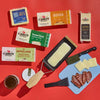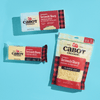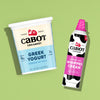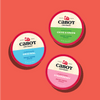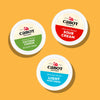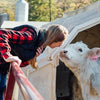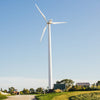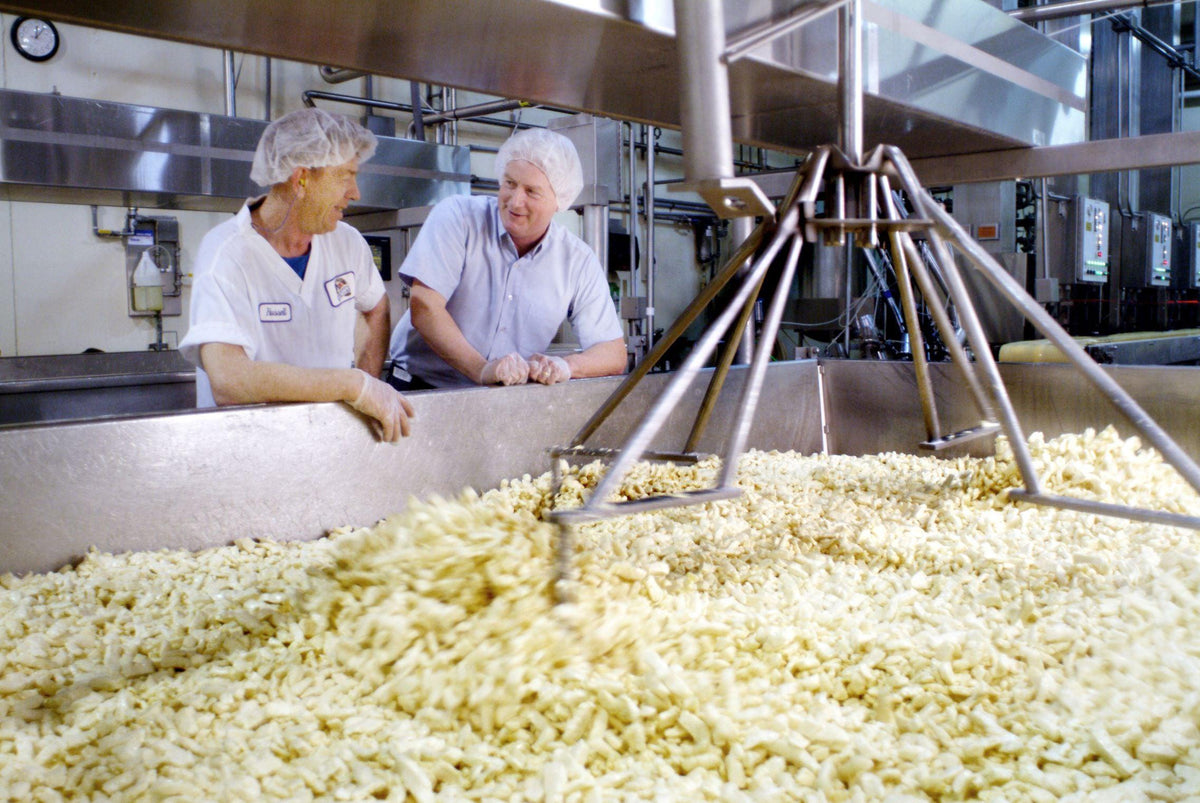
Crafting Cabot Cheese
Over the past 100 years, we’ve learned a thing or two about making cheese. Our process is built on traditional methods, the highest food safety standards, and the freshest ingredients. Here’s how we make the World’s Best Cheddar.
Step 1 »
Our farmers' fresh milk is pasteurized by heating to exactly 162° F for exactly 16 seconds then cooled to a steady 88° F.

Step 2 »
The milk is poured into a large vat. A starter culture is added, along with the enzyme Rennet, which helps the starter grow and turn into cheese.

Step 3 »
Stainless steel wires cut the developing cheese into small curds. The liquid the separates from the curds is called whey.

Step 4 »
Cooked curds are pumped to a finishing table. The whey is drained off and salt is added. This is when we add extra ingredients for flavored cheeses.

Step 5 »
The cheese curds are packed into 42lb. blocks that are vacuum-sealed in plastic or hand-packed into round waxed forms.

Step 6 »
The cheese blocks are moved to a temperature-controlled warehouse, where our cheddars are slowly aged to perfection.

